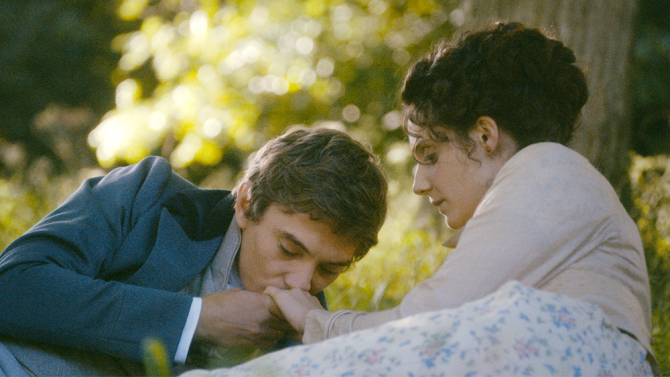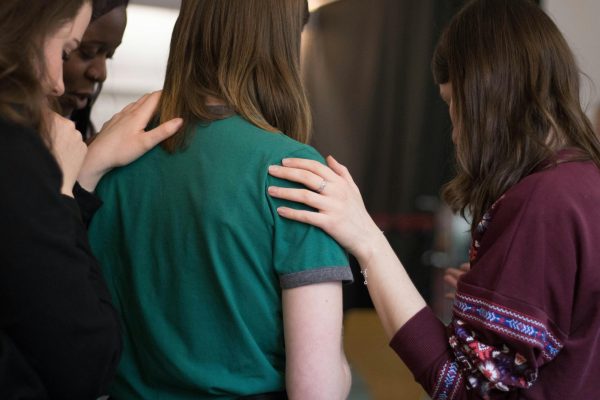“A Woman’s Life” ponders femininity in the 19th century
Stéphane Brizé’s latest film captures the sorrow and joy of life.
May 17, 2017
Often people will experience a multiplicity of extreme emotions in their life. A moment of warmth, full of laughter and comfort. The same people will experience darkness, pressed against cold rocks with the tide battering them to and fro. Upon the highs and lows, it is important to remember, to listen to a friend say, “You see, my lady… life is never as bad or as good as you think.” In Stéphane Brizé’s adaptation of Guy De Maupassant’s novel “A Woman’s Life,” audiences meet that moral to conclude two hours of perhaps the most depressing life ever lived — by a woman, that is. If viewers should learn anything else from this film, it is that men simply die sooner.
Harsh realities
“A Woman’s Life” is a deeply moving film about the life of Jeanne Le Perthuis des Vauds as she journeys through the harsh realities of being a 19th century woman. The film splits into two major acts: Jeanne’s relationship with her husband Julien, and with her son Paul. The film is designed so audiences experience her life by the people who define it the most. Throughout the film, audiences will experience the soft, almost painterly portrayal of Jeanne’s oppressive and deeply sorrowful life as she tries to hold on to what little security she has. The film’s narrative consists of a vignette-like quality, jumping from bliss to despair, often overlapping dialogue from the previous scene into the following’s footage. The audience experiences a feeling not at all unfamiliar to how they live their life. People cope with the painful present by remembering joyful moments in the past. The audience experiences this only until they are lurched forward into the ever-present despair that Jeanne cannot comprehend, let alone overcome.
A brutal truth
In the beginning of the film Jeanne offers the audience a philosophy: no matter how dark a chasm somebody may dwell in, God is present. Through the clouds and cracks, his light will find her. This moment is immediately met with the dominance of her husband — through the cold seascape, and a colder home, the truth of Jeanne’s sentiments comes into question by the audience. As viewers fall deeper into Jeanne’s despair, they are struck with the almost unbearable experience of seeing her sins used an excuse to treat her cruelly. Forced to live in lies, Jeanne receives condemnation from her priest who offers God’s salvation as a remedy. As soon as the truth is revealed though, her life falls deeper into sorrow. The film raises the question: if living in a lie is sin, and living in truth is misery, where can one find security — where can one find God?
The audience finds themselves in this predicament at the end of the film. Jeanne’s despair became a sickness, perhaps a sickness unto death. With the brutality in which truth confronted her, she uses the relationship with her long-absent son to escape reality, yet this proves just as miserable. In the subtlety in which most of God’s miracles come, the clouds above her lift ever so slightly to reveal a sliver of light upon her brow. Whether in reality or lies, God breaks through to Jeanne, and audiences end the film sitting in the dark, the words still echoing in their hearts, “Life is never as bad or as good as you think.”







